hello, i''m new here, i was just wondering, is there such a thing as too large of a stone? at what time would a stone reach this point?
i have an odd sapphire rough gem i recently aquired, it is roughly the size of a small/medium chicken''s egg, seemingly encased in a off-orange yellowish cacoon, whether this is true or not im not sure, as i am no gemolgist. yet in places a vibrant blue peeps through, and using a handy dandy hand tool i managed to take about .5 mm off of one spot near the middle of the stone to find it becoming more and more blue as i went...
back to my original question, would this be a stone considered too large to work with?
also, can anyone tell me whether this orangy-yellowish coating is normal for this type of stone, or if that is ''probably'' the way it is all the way through?
i have an odd sapphire rough gem i recently aquired, it is roughly the size of a small/medium chicken''s egg, seemingly encased in a off-orange yellowish cacoon, whether this is true or not im not sure, as i am no gemolgist. yet in places a vibrant blue peeps through, and using a handy dandy hand tool i managed to take about .5 mm off of one spot near the middle of the stone to find it becoming more and more blue as i went...
back to my original question, would this be a stone considered too large to work with?
also, can anyone tell me whether this orangy-yellowish coating is normal for this type of stone, or if that is ''probably'' the way it is all the way through?





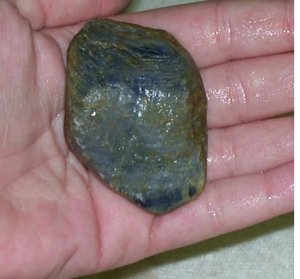
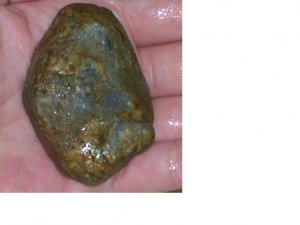
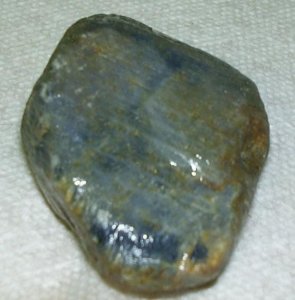
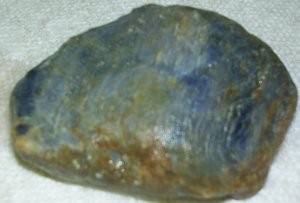


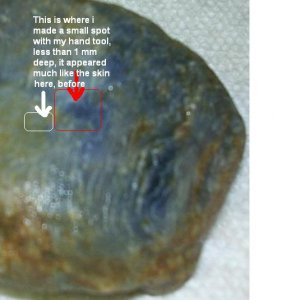


300x240.png)